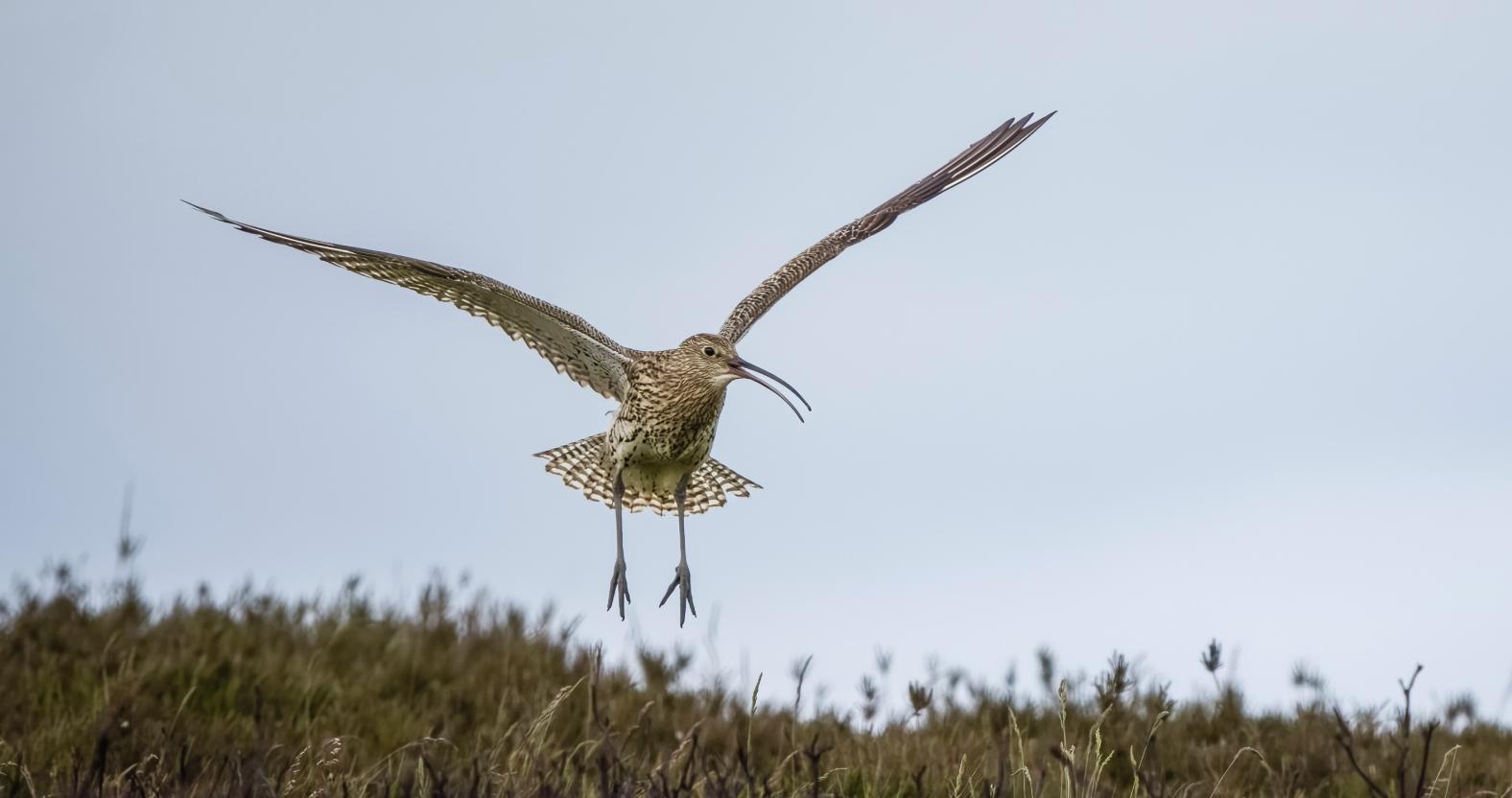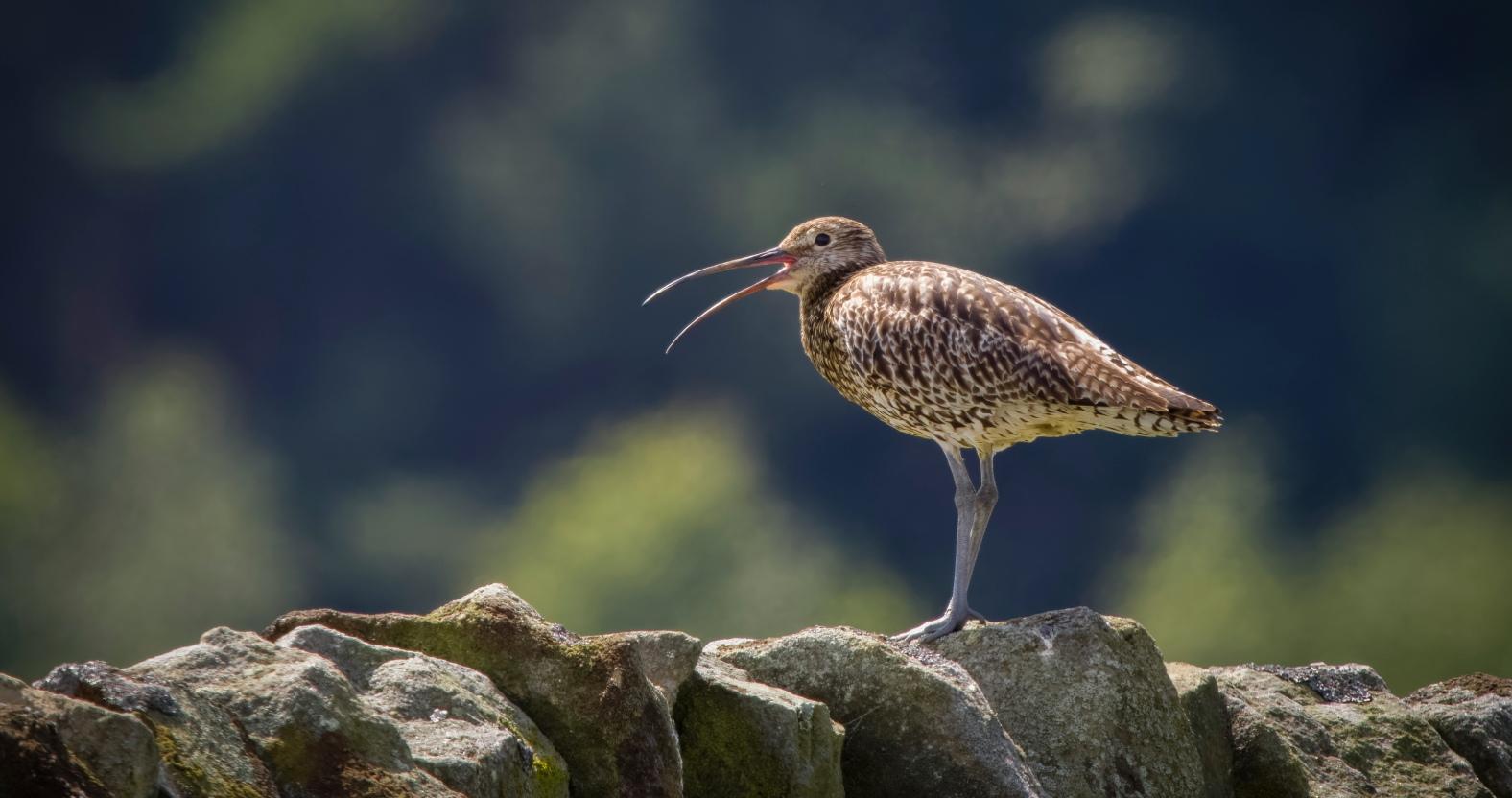Subscribe to trusted local news
In a time of both misinformation and too much information, quality journalism is more crucial than ever. By subscribing, you can help us get the story right.
- Subscription costs less than £1 a week with an annual plan.
Already a subscriber? Log in here.
04
Apr
Urgent appeal to protect curlews in Nidderdale

An urgent appeal has been issued today to help protect curlews in Nidderdale.
Numbers of the bird, which has a distinctive spring call, are in serious decline due to breeding failures, largely due to farming intensification, landscape changes, and increased predation.
Research by the Northern Upland Chain Local Nature Partnership found 49% of England and Wales’ breeding curlew population is found within just 4.9% of Nidderdale.
Nidderdale National Landscape, formerly known as Nidderdale AONB, today urged landowners, farmers and the public to help alter the trend.
Matt Trevelyan, farming in protected landscapes officer at the government body, said:
It's tempting to assume that because we see numbers of adult curlews, populations are stable. But what really matters is the number of fledged chicks at the end of summer—those are the birds that will sustain the population in the future.
A recent Nidderdale study shows that breeding success on farms is poor; the curlews we see are largely likely to be mature adults without enough young to replace them. If this trend continues, we could face a sudden and catastrophic decline.
Every nest, egg, and chick matters. At least 10,000 more chicks need to fledge each year just to halt the decline. With the right support, we can turn the tide together.

A curlew alarm call to a chick. Pic: Barry Carter
In mainland Ireland, the number of nesting pairs has plummeted from 150,000 in the 1960s to just 150 today. Breeding curlews are predicted to be extinct in Wales by 2033.
Mr Trevelyan warned Nidderdale’s curlews could follow the same trajectory without a concerted effort. He said:
We all have the power to change outcomes for curlew. The National Landscape team has a range of positive actions that everyone can take part in.
From simple everyday actions like keeping dogs on leads, to more involved efforts such as habitat management, there are many ways to support curlew conservation.
Nidderdale National Landscape urged the public to keep dogs on leads because breeding ground-nesting birds are vulnerable to disturbance.
It also requested they put up polite signs, which it can supply, to alert walkers and raise concerns with their MPs, volunteer for fieldwork, record curlew sightings.
The organisation said it could provide grants to farmers and landowners for equipment such as nest fences and cameras.
For more information on how to get involved see guidance below and contact Matt Trevelyan on:
Email: matthew.trevelyan@northyorks.gov.uk
Mobile: 07745 544 872
3